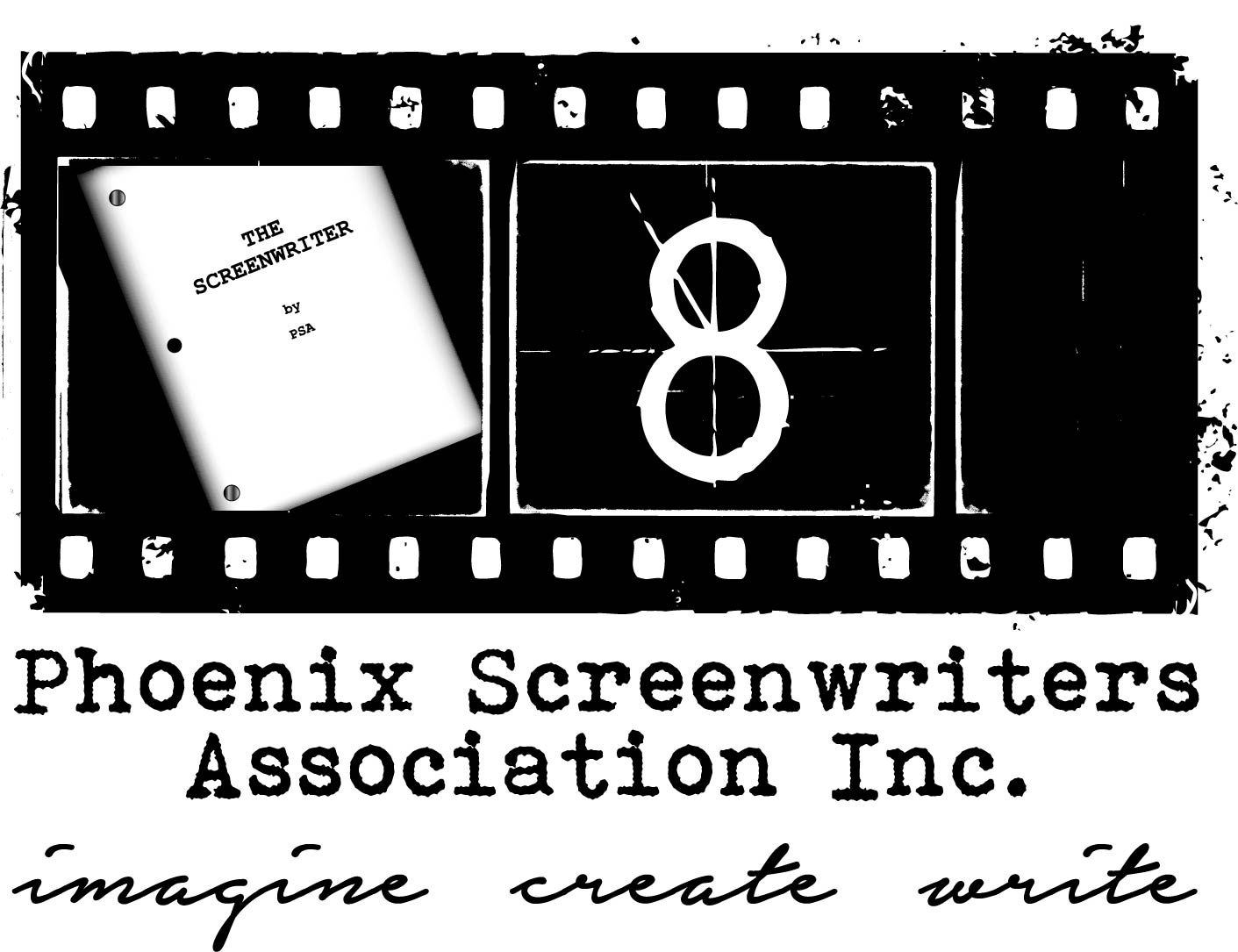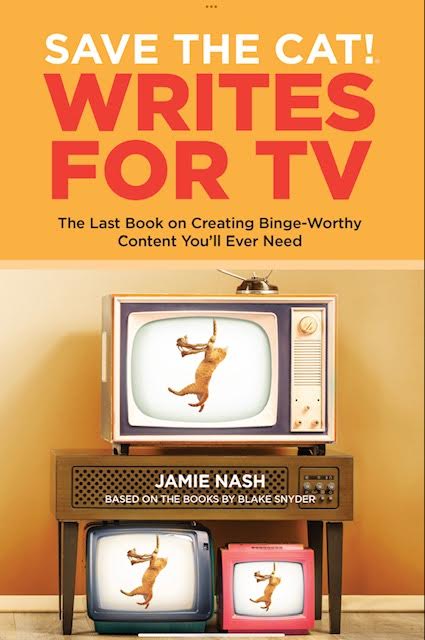If you want to save your TV pilot, you’ve got to Save The Cat!
By Jessica Spring Brown, Screenwriter and Board Member of Phoenix Screenwriters Association
That’s right. To fix or save your TV pilot, you will need to Save the Cat! first by reading the latest book in the Save the Cat! Series titled: Save the Cat! Writes for TV by Jamie Nash. This 25+ year veteran of TV writing is a master at applying Blake Snyder’s Save the Cat! Principles to the platform of writing for television. The title of the book includes the description as being “The Last Book on Creating Binge-Worthy Content You’ll Ever Need.
Does this book live up to its name? I decided to take it for a spin on my own TV pilot that I am currently working on. I love a book that you can read while you are working on your own script. That to me is a true workbook. And this one is outstanding as a workbook.
The book breaks up into three parts, all logically laid out. No matter where you are at in your writing, this book lends itself well to jumping all over the place or starting from the beginning and taking your current project through the book.
Part 1 (ACT1 as we know it) ensures that the reader is on the same page with the author regarding “The Show” by defining what is your show and who lives in your world. Nice logical place to start since TV or binge watching is all about the characters and the world they live in each week.
Part 2 (ACT 2) breaks into breaking the story. How do you write a story that is the same but different? Mr. Nash takes us through a wonderful exercise of how to create something different from something that has already been done before and yet, make it feel fresh and new. While he is on the subject, Mr. Nash weaves in the Ten Save the Cat! Genres so you will not become a scare-dy cat trying to figure out your story’s DNA (hero, goal, obstacle, and stakes.) He also shares familiar examples that drive home how to apply the principles to your current project.
ACT 2 is always the lengthy part in a script and so is Part 2 in this book. Once you have figured out your story, Mr. Nash teaches how to build the beat sheets and how to break season 1 of your little kitten. He will also go through “The Wonky Laws of Pilot Physics” and then challenges us to get “wonkier”. After that he helps us figure out our pilot story’s DNA. From there, it is a nap-in-the-sun bath of building our pilot beat sheet.
Part 3 (ACT 3) is where we wrap it all up, just like we do in ACT 3 of our scripts. Mr. Nash walks us through Boards, Outlines, and Pitches. He helps us 1) Build The Board, 2) Own The Outline, and 3) Perfect Our Pitch. It reminds me of “Storming the Castle” section of Save the Cat! Principles.
My favorite section in Part 3 is “Owning The Outline.” He warns us that many writers go right from the board to scripting. And while that is good, the board gets you 90% of the way there. He shares “typically in TV there’s one more step: the outline.”
I didn’t realize the importance of this outline when it comes to writing for TV. The weight of this document is heavy. You need this document for:
- Building the gap between the writers’ room work and the actual script.
- This document is the first “for review” that gets sent to the network or streaming channel bigwigs.
- The outline forces you to stop painting your story in high-level brushstrokes and start laying out how scenes will actually play.
- It typically runs 12-15 pages for an hour-long show.
- It forces you to really think about the action and rhythm of your story.
That is one fat cat.
Part 3 ends with a nice pat on the head from Mr. Nash as he gives you some warm milk in the form of encouragement by reminding us to keep Writing Scripts, Keep Building Your Tribe, and answers some common questions about writing and working in television.
If you want to learn more about this cool cat (yes, I went there) you can check out his website at www.Jamienash.net. You can follow him on Twitter — @Jamie_Nash or on Facebook @ Jamie Nash – Writer – Less.
His credentials are pretty impressive as well. He has written and sold almost every type of story under the sun, including the horror films: Exists, V/H/S/2, The Night Watchmen, Altered, and Lovely Molly.
If horror films are not your cup of milk, he has also written family films such as Santa Hunters and Tiny Christmas along with sci-if novels and Middle Grade novels.
He knows what it’s like to make a living as a writer. He also teaches screenwriting at the Maryland Institute College of the Arts and co-hosts the podcast: Writers/Blockbusters.
If this book helps you save your Pilot for TV, and you have time before you tackle your next writing project, drop me a line at jessbrown44@gmail.com. I would love to hear about your adventure.
Happy Writing in 2022!
Jess

